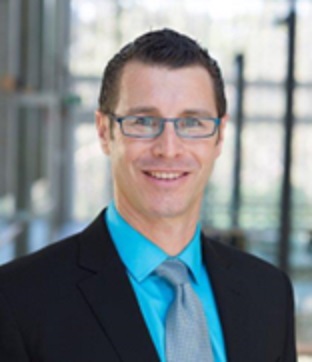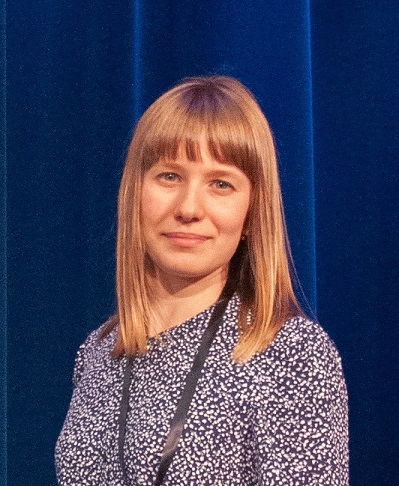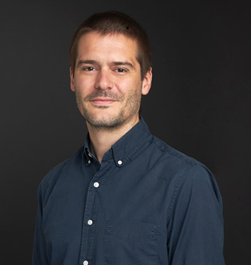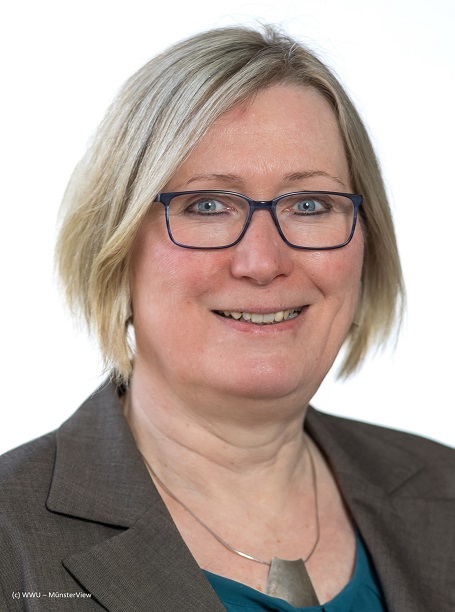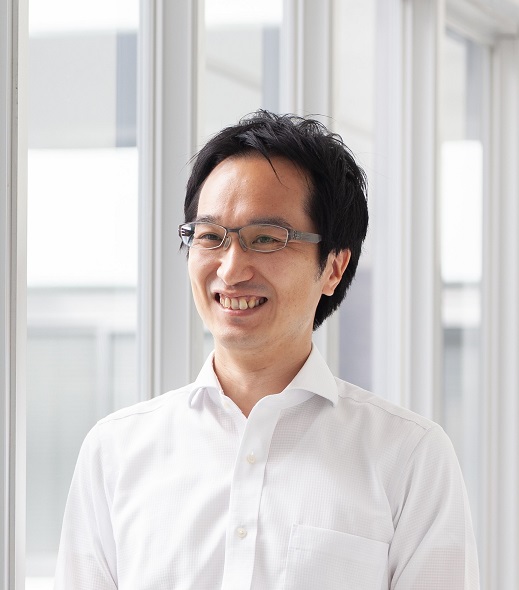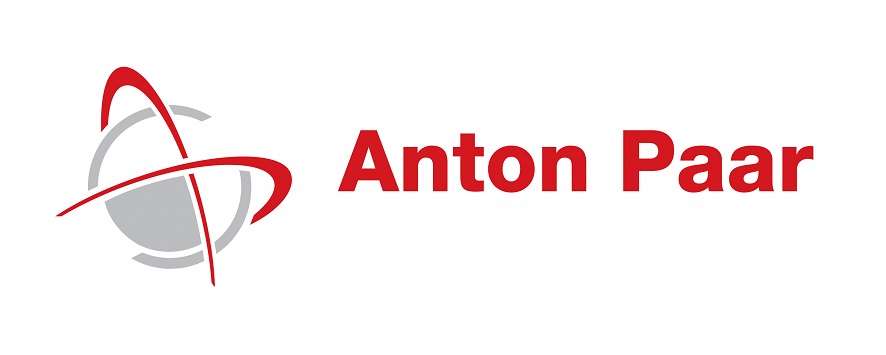Welcome
Join us in London in July 2024 for this addition to our Faraday Discussion series. With over a century of history and more than 300 meetings, Faraday Discussions have been at the forefront of the physical sciences and many Discussions have become landmark meetings in their field. The unique format of the Faraday Discussions allows for in-depth discussions and opportunities to establish new collaborations.
This meeting is for established and early-career scientists, postgraduate students and industrial researchers working on various aspects of dense ionic fluids. It will provide an ideal forum for cross-fertilisation of ideas and understanding between the distinct but adjacent communities working with different classes of dense ionic fluids and their different applications.
On behalf of the organising committee, we look forward to welcoming you to London.
Tom Welton
Chair
Why attend?
Find out more about Faraday Discussions in the video and FAQ – see useful links on the right.
A unique conference format that prioritises discussion
At a Faraday Discussion, the primary research papers written by the speakers are distributed to all participants before the meeting – ensuring that most of the meeting is devoted to discussing the latest research.
This provides a genuinely collaborative environment, where discussion and debate are at the foreground. All delegates, not just speakers, are invited to make comments, ask questions, or present complementary or contradictory measurements and calculations.
An exciting programme of talks – and more
Take part in a well-balanced mix of talks, discussion, poster sessions and informal networking, delivered by our expert events team. You can explore the full programme in the downloadable files on the right – whether you’re attending in-person or online, every minute provides an opportunity.
The conference dinner, included in the registration fee, contains the Marlow Cup ceremony: a unique commemoration of past Faraday Discussion organisers that is sure to encourage further discussions over dinner.
In-depth discussion with leaders in the field
World-leading and established researchers connect with each other and early-career scientists and postgraduate students to discuss the latest research and drive science forwards. It’s a unique atmosphere – and challenging others to get to the heart of the problem is encouraged!
Your contributions, published and citable
A citable record of the discussion is published in the Faraday Discussions journal, alongside the research papers. Questions, comments and remarks become a valuable part of the published scientific conversation, and every delegate can make a major contribution.
Discover London
The Discussion will take place at Burlington House, Piccadilly, in the centre of London and its historic attractions. Step out to explore the capital city while you’re here – or stay a few extra days to explore the city further and the surrounding area.
Themes
The meeting will comprise the following four interrelated themes:
Structure and dynamics in dense ionic fluids
Dense ionic fluids known to be richly structured at the nanoscale, with features including short-range oscillations in cation and anion density, and solvophobic-driven assembly of nanostructures such as lamellar, sponge and bicontinuous phases. Nanostructure in pure ionic liquids has been well studied, however much less well understood is structure in ionic fluids with additional components e.g. neutral (polar or non-polar) solvent, or mixtures of ionic components, or oligomeric species. This is highly relevant for the understanding of many dense ionic fluids, including deep eutectic solvents, solvent-in-salt electrolytes, eutectic salt mixtures, and physiological mixtures of salts and osmolytes in water. Connected to this nanostructural complexity is strong variation in the dynamic properties of ionic fluids. Simulations have revealed that molecular and ionic species can experience many orders of magnitude difference in local relaxation times and thus diffusion coefficients are dramatically different for different species. Relaxation of structures in response to changes to electric field, mechanical stress, and other perturbations are important and not yet well charted. This session will focus on these new directions of structure and dynamics in dens ionic fluids, and the links between them.
Ionic fluids at equilibrium: thermodynamics, nanostructure, phase behaviour, activity
Dense ionic fluids are hard to describe thermodynamically, due to the complex nature of their equilibrium structure (nanostructure), difficulty in modelling free energy in dense Coulomb systems, and relative paucity of high quality experimental measurements of colligative/thermodynamic properties. Phase behaviour is often complex due to nanoscale
phase segregation, intermediate-range order, and glass formation. Multiple dynamic timescales in dense ionic fluids mean that many electrochemical techniques and dielectric spectroscopy remain challenging. Key challenges addressed in this session are the interpretation of activity coefficients (i.e. understanding non-ideality and excess free energy) in dense ionic fluids; the discussion of macroscopic or microscopic liquid-liquid phase segregation in dense ionic fluids; the concepts of ‘solvent’ and ‘ion’ in systems with long-lived ion-molecule coordination; eutectic behaviour and the definition of ‘deep eutectic solvents’. Points of discussion will include phase equilibria involving dense ionic liquids; activity coefficients in dense ionic fluids (including water activity for aqueous mixtures) and their molecular origin; nanostructure in dense ionic fluids including non-uniformity (nano-scale phase separation) and self-assembly.
Ionic fluids out of equilibrium: electrodeposition, dissolution, electron transfer, driving forces
The non-equilibrium behaviour of ionic fluid is crucial in many contexts, from electrochemical applications to energy harvesting, storage and conversion, or complex transport processes in bulk and confined colloidal or biological suspensions (see also Session 4). The response of dense ionic fluids to electric or magnetic fields, to mechanical perturbations or to concentration and temperature gradients is richer than that of dilute electrolytes and remains a great challenge on both the experimental and theoretical sides, in particular because transport processes are strongly coupled in these systems. Additional complexity arises from the reactivity of these fluids under electrochemical conditions, with electron transfers and dissolution/precipitation coupled to the transport of reactant and products. Addressing these issues at the interface between fundamental physics and chemistry would open the way to key progress in engineering applications.
Points of discussion will include how to describe collective and specific effects (beyond ideal and mean-field electrostatic theories) e.g. on the conductivity, rheology or diffusio- and thermo-osmotic/phoretic response of dense ionic fluids. We will also discuss how to characterize and understand the formation of the solid electrolyte interphase (SEI) on electrodes, which plays a crucial role in batteries. Electrodissolution results in high local metal ion concentrations exacerbated by high solution viscosity and variations in local pH can also bring about precipitation in the double layer. Diffusion of counterions to the electrode surface can also result in uncharged and insoluble compounds. Slow diffusion of ligands away from the electrode during electrodeposition can result in changes in local Lewis basicity resulting in speciation changes. Of particular interest is the relation between speciation and redox properties.
Interfaces and particles in dense ionic fluids: biological and colloidal systems spanning multiple lengthscales
Many functions and applications of dense ionic fluids involve their interfaces with particles; either colloidal or biological, and spanning scales from nanometres to micrometres. The perturbation of liquid structure and properties caused by the presence of the particle/interface will determine properties of the whole system, e.g. particle-particle interaction potentials, protein structure and interactions, oligomer and polymer structure. While this interplay is well understood in dilute electrolytes – for example the electrical double layer formed at charged colloid interfaces – it is less studied and understood for dense ionic fluids.
In this session we will open discussion of these topics with a wide scope: we hope to attract speakers covering inorganic and biological systems, multiple lengthscales, theory and experiment. Key challenges in the field include the role of solvation and liquid structure on protein interactions in halophilic environments; disjoining pressure between particles in multi-valent and asymmetric electrolytes; colloidal stability and colloidal crystallisation in dense ionic fluids.





